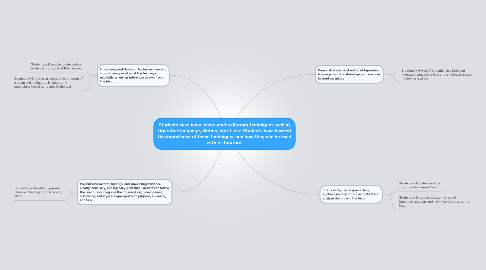Students have been introduced to literary techniques such as figurative language, diction, motif, etc. Students have learned the importance of these techniques and how they can be used within literature.
by Jessica Ferguson

1. Demonstrate understanding of figurative language, word relationships, and nuances in word meanings
1.1. Students will know the relationship between figurative language and poetry and how it shapes the text as a whole
2. Interpret figures of speech (e.g., euphemism, oxymoron) in context and analyze their role in the text.
2.1. Students will understand the structure of a Sense Poem
2.2. Students will be able analyze the role of figurative language and how it contributes to the text
3. Cite strong and thorough textual evidence to support analysis of what the text says explicitly as well as inferences drawn from the text.
3.1. Students will be able to cite textual evidence in support of their analysis
3.2. Students will be able to analyze the structure of a poem and its figurate language and understand how it correlates to the text
4. Present information, findings, and supporting evidence clearly, concisely, and logically such that listeners can follow the line of reasoning and the organization, development, substance, and style are appropriate to purpose, audience, and task.
4.1. Students will be able to present their own findings for the “poetry slam”


